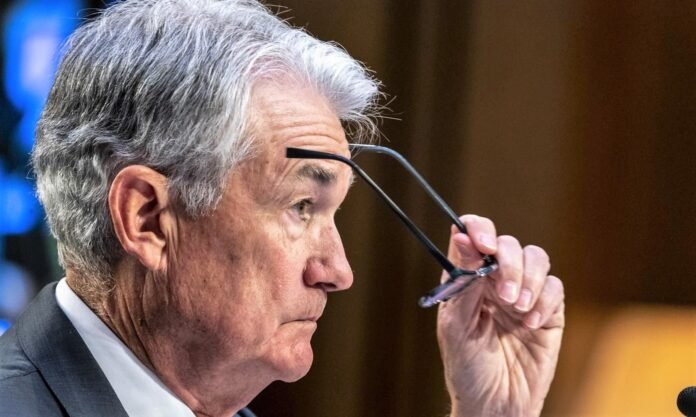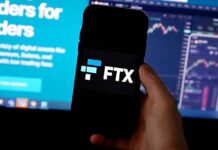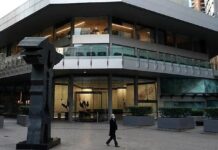The Federal Reserve, the central bank of the United States, has decided to increase interest rates once more, despite the possibility of increasing financial instability following recent bank failures. The Fed raised its key rate by 0.25%, stating that they may need to take more action as consumer prices continue to rise. This increase in borrowing costs is aimed at slowing the economy and easing pressure that contributes to inflation. However, the sharp rise in interest rates has put a strain on the banking system, with Silicon Valley Bank and Signature Bank being two of the latest US banks to fail due to problems caused by higher interest rates.
Fears of Financial Stability
The bank failures have raised concerns over financial stability, but authorities worldwide have downplayed the events, saying they don’t pose a significant threat to financial stability and shouldn’t detract from efforts to control inflation. Last week, the European Central Bank increased its key interest rate by 0.5%, and the Bank of England is due to make its own interest rate decision following the unexpected surge in inflation to 10.4% in February.
Interest Rate Increase Could Stifle Growth
While the Fed describes the US banking system as “sound and resilient,” it is possible that the banking turmoil could hinder growth. The central bank has downplayed earlier statements suggesting that higher interest rates would be necessary in the coming months, instead saying that “some additional policy firming may be appropriate.” The rate increase marks the ninth consecutive rise by the Fed, bringing its key interest rate to 4.75%-5%, up from almost zero a year ago, representing the highest level since 2007. Higher interest rates make borrowing to expand a business, purchase a home, or take on other debts more expensive.
Inflation and the Economy
Higher interest rates should reduce demand and cool prices. This has begun to occur in the US housing market, where sales have significantly slowed over the last year, and the median sales price in February was lower than it was a year ago, the first decline in over ten years. However, overall, the economy has held up better than expected, and prices continue to increase at a rate faster than the 2% rate regarded as healthy. The inflation rate, which is the rate at which prices rise, jumped to 6% in the 12 months leading up to February, with some items, such as food and airfare, surging even faster. Before the bank failures, Federal Reserve Chairman Jerome Powell had warned that officials may need to raise interest rates higher than anticipated to bring the situation under control.
The Future of Interest Rates
Forecasts released by the bank show that inflation is likely to decrease less than anticipated in December 2021, while economic growth is weaker. They have predicted that interest rates will remain at approximately 5.1% by the end of 2023, unchanged from December. Analysts have suggested that if the turmoil in the financial system prompts banks to limit lending, the Fed may be able to raise rates less aggressively, and the economy could slow more quickly. “Recent developments are likely to result in tighter credit conditions for households and businesses and to weigh on economic activity, hiring, and inflation,” the Fed said in a statement. “The extent of these effects is uncertain,” it added.
Google News | Telegram
















